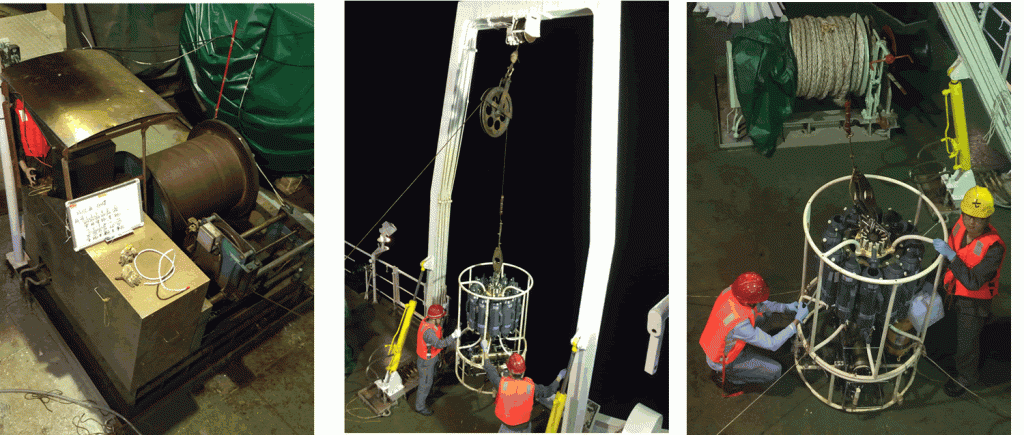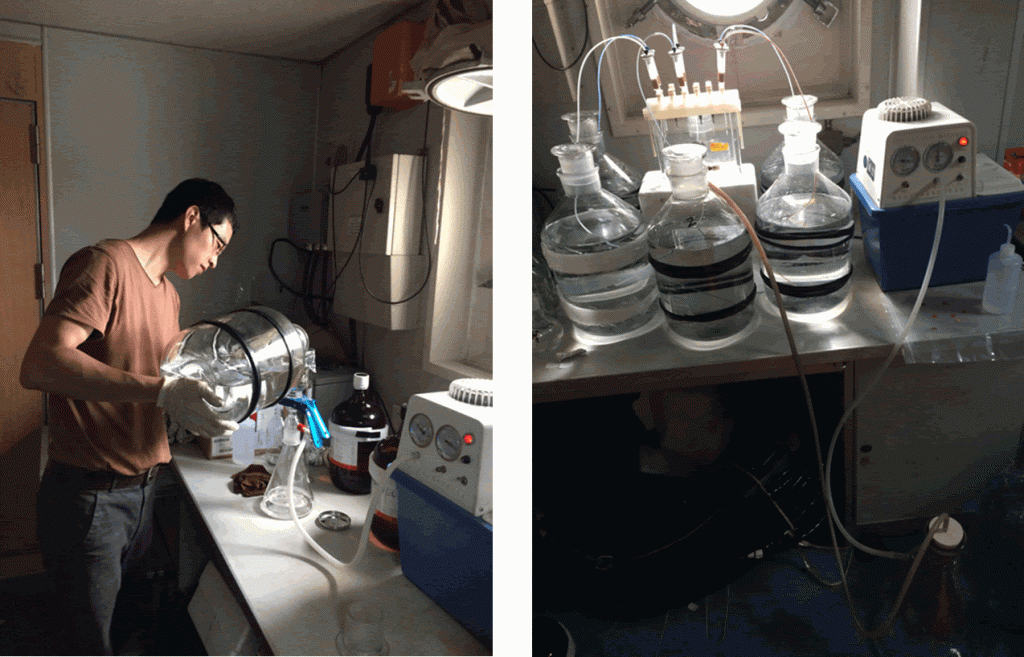Dilanka, Liu Xin, Zhao Shizhen, and Zhong Guangcai had a trip to Sri Lanka from Oct. 22-30, 2017. We met our old friends from University of Ruhuna in Matara and new friends from University of Peradeniya in Kandy. We established collaboration on passive air sampling, mussel sampling, and sewage plant water sampling for a Southern Contaminants Programme (SCP), which is based on international collaboration and funded by Chinese Academy of Sciences (CAS) as part of its Belt & Road Initiatives. We discussed further cooperation in other aspects in the future.
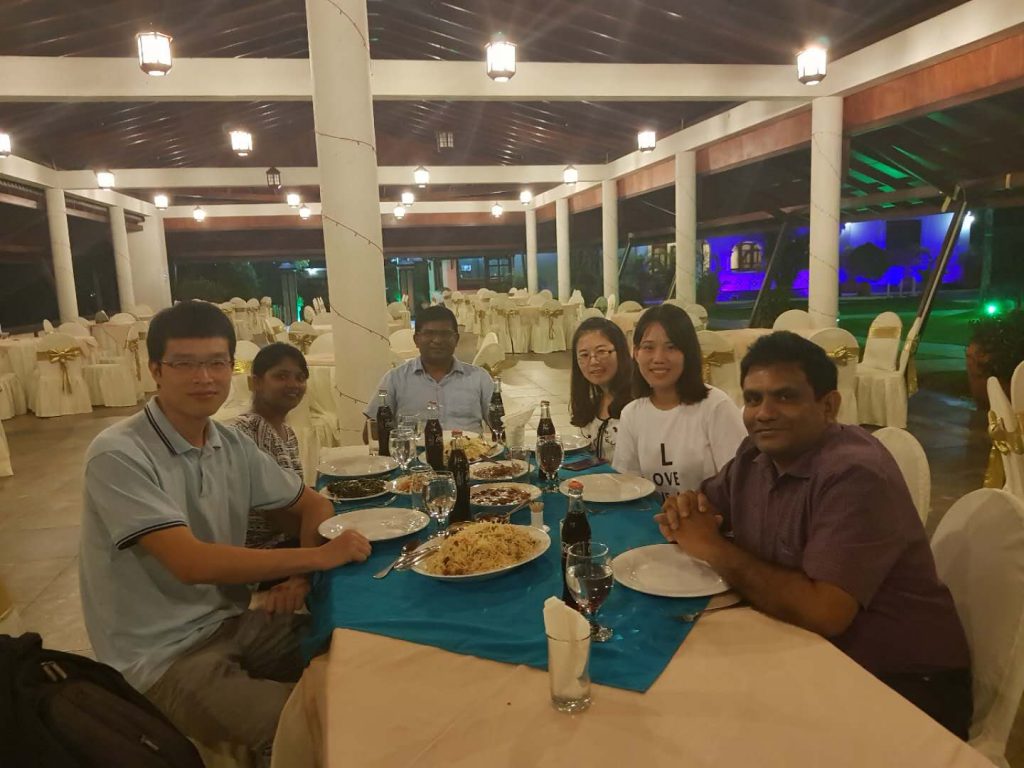
A welcome dinner with friends from University of Ruhuna (UoR). Left to right: Zhong Guangcai, Dilanka, Pro. Tilak, Zhao Shizhen, Liu Xin, Dr. Upul.
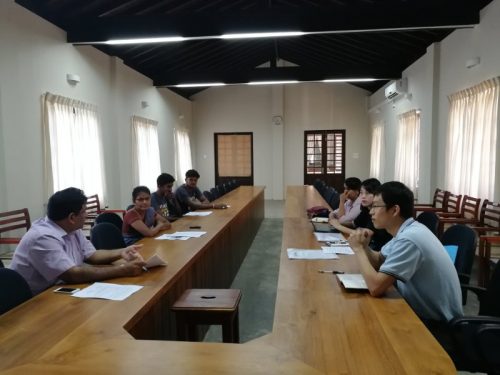
Discussion with Dr. Upul on passive air sampling (PAS) and mussel sampling.

Shizhen was demonstrating the PAS. Left to right: Jonathan and Sangeeth, from the Faculty of Fisheries and Marine Sciences & Technology, UoR.
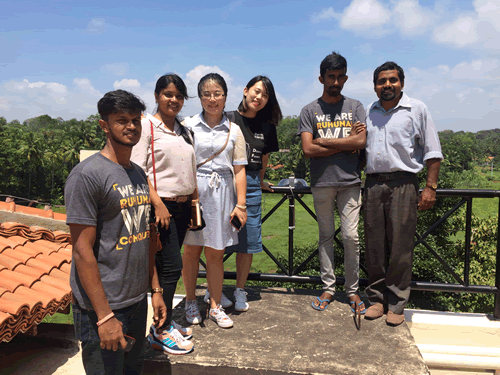
Deployed PAS in the UoR campus with the help from two excellent students (Jonathan and Ayoma) and technical officer (Samantha).
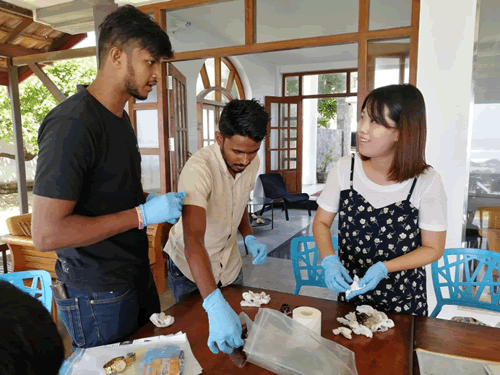
Liu Xin was demonstrating packing of mussel samples.
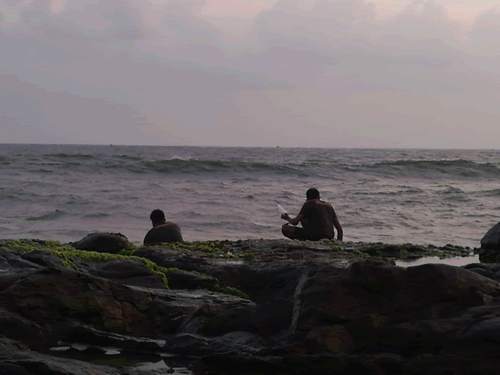
Jonathan and Ayoma were taking mussels at Matara seashore.
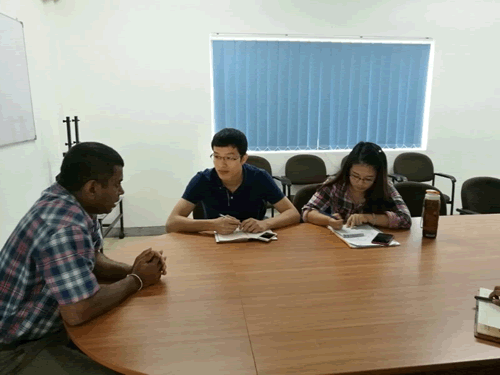
Discussion with Pro. Shameen (Faculty of Engineering, University of Peradeniya) on PAS in Kandy.
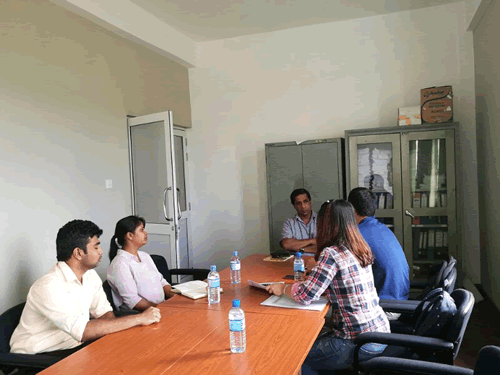
Pro. Karu (Faculty of Engineering, University of Peradeniya) showed us his excellent and interesting studies on air pollution. We discussed on future cooperation.
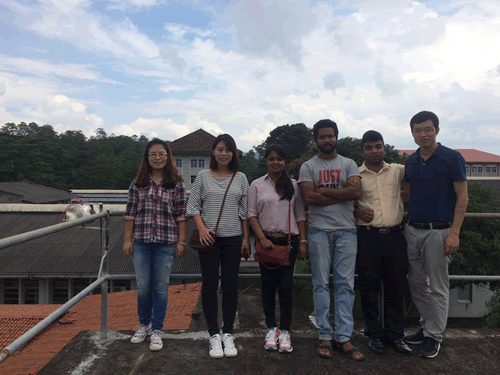
Done PAS in Kandy with the great support by Rajitha (left) and Tharindu (right) from Faculty of Engineering, University of Peradeniya.

Done PAS in Colombo with kindly help provided by local friends.
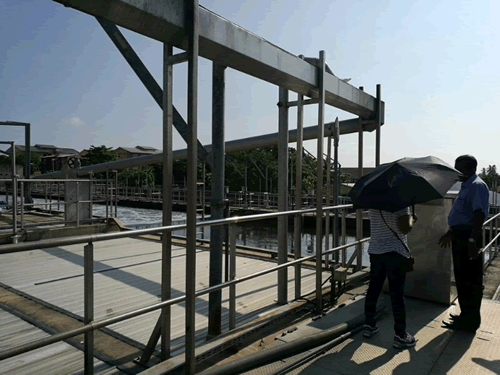
Dilanka did field investigation of a sewage plant in Colombo.
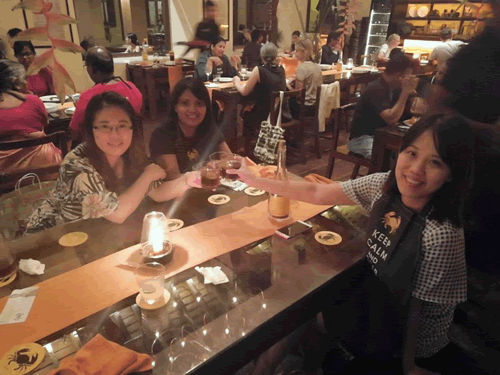
The ladies celebrated this successful trip with a nice dinner.







